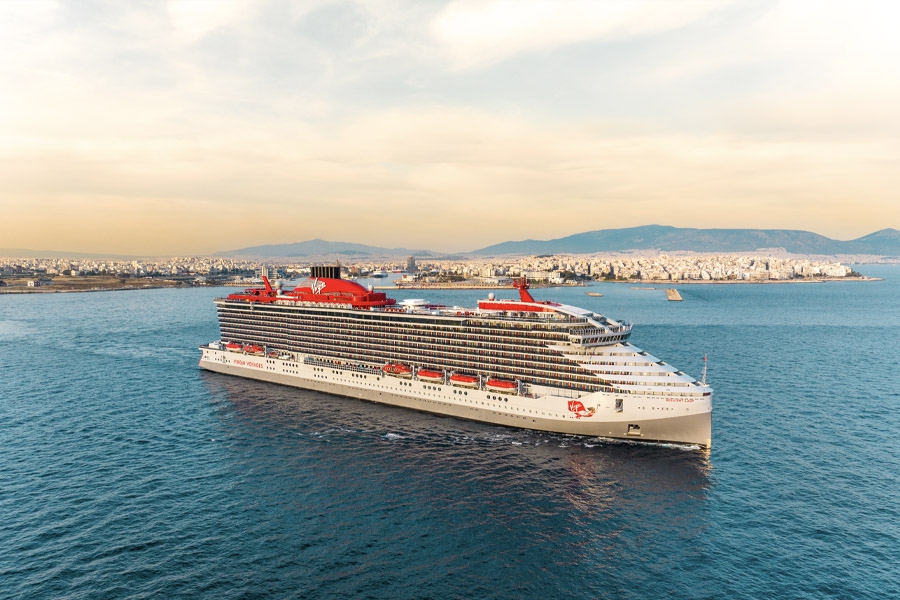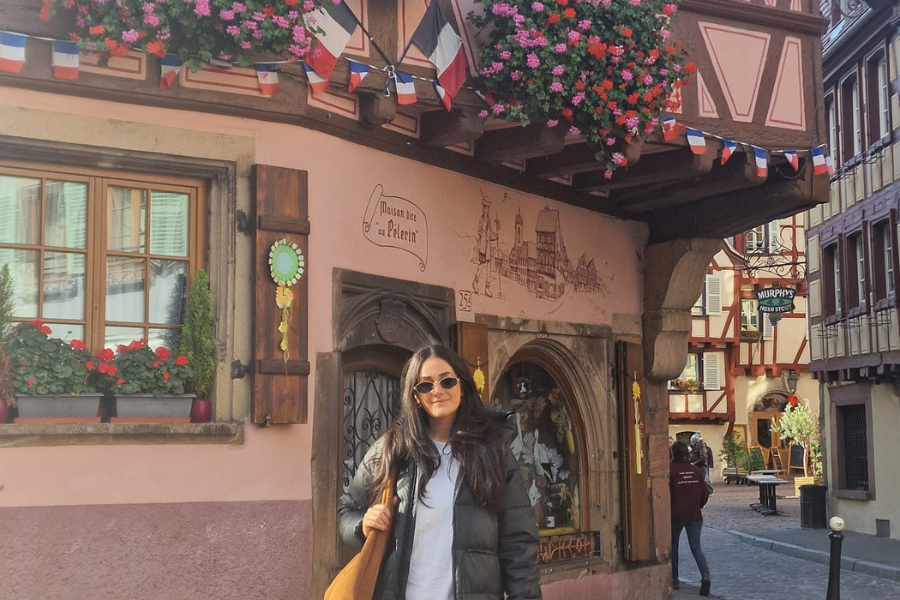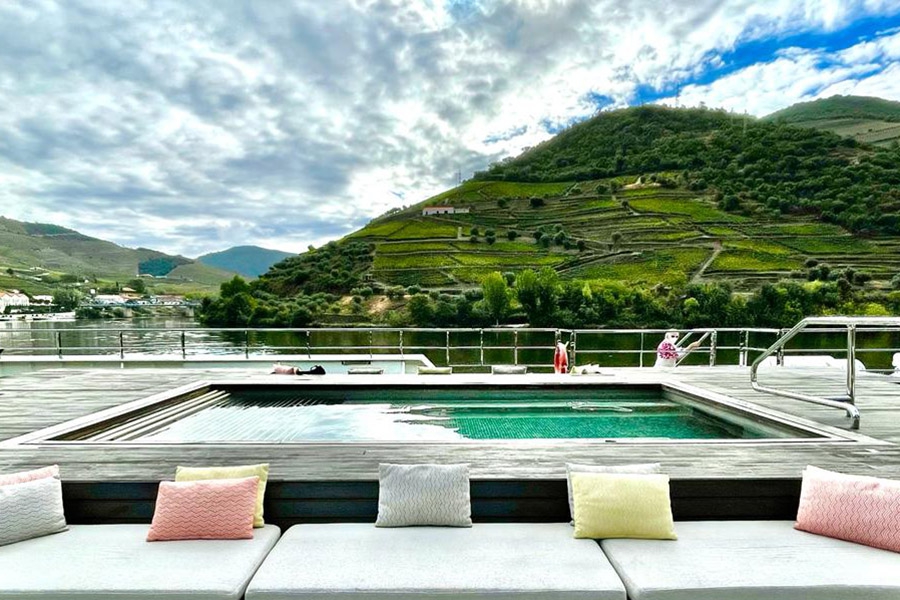
Exploring the Douro with Emerald and Scenic
Our journey to Porto had not been without its stresses, with confusion surrounding testing and Portuguese entry requirements, but thankfully the team at Panache had come up trumps giving us sound advice and double checking that we would arrive with all our paperwork in place. Despite the pre-travel concerns the actual travel to Porto was relatively easy and apart from a couple of checks at check-in and an extra form to show at passport control it really was no different to travel pre-pandemic. The journey from the airport to the ship, which was docked in the heart of Porto, took about half an hour and it wasn't long until we were happily on board our home for the next week, admiring the view of Porto from the top deck.
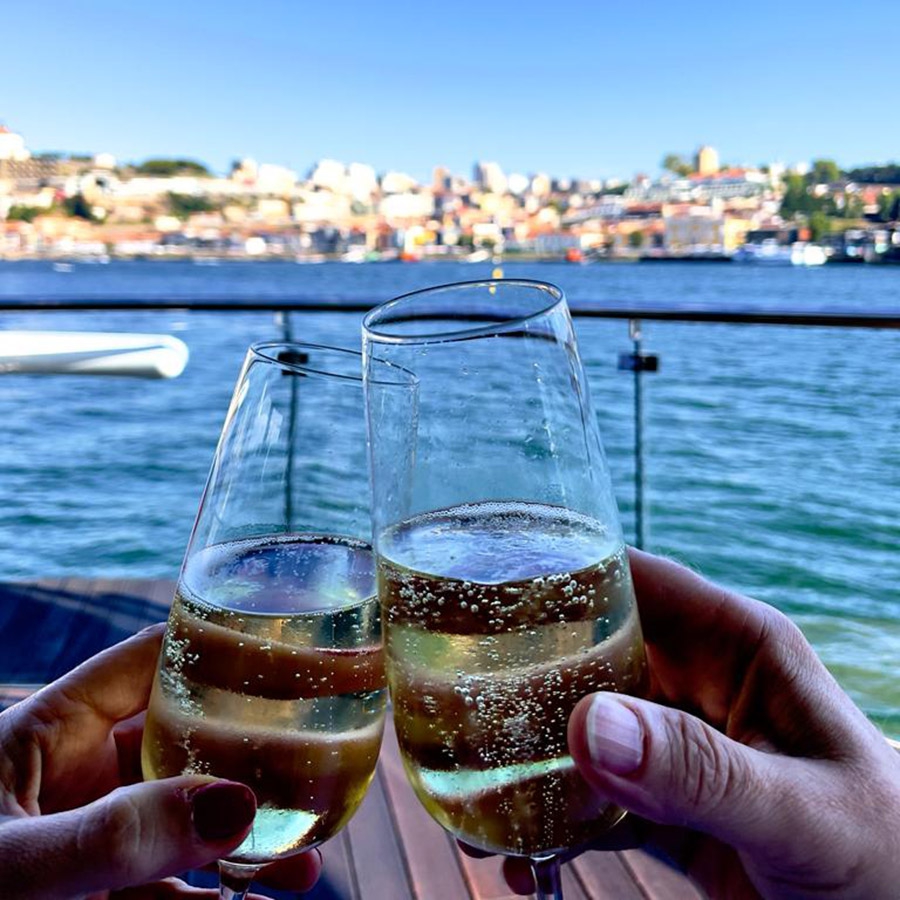
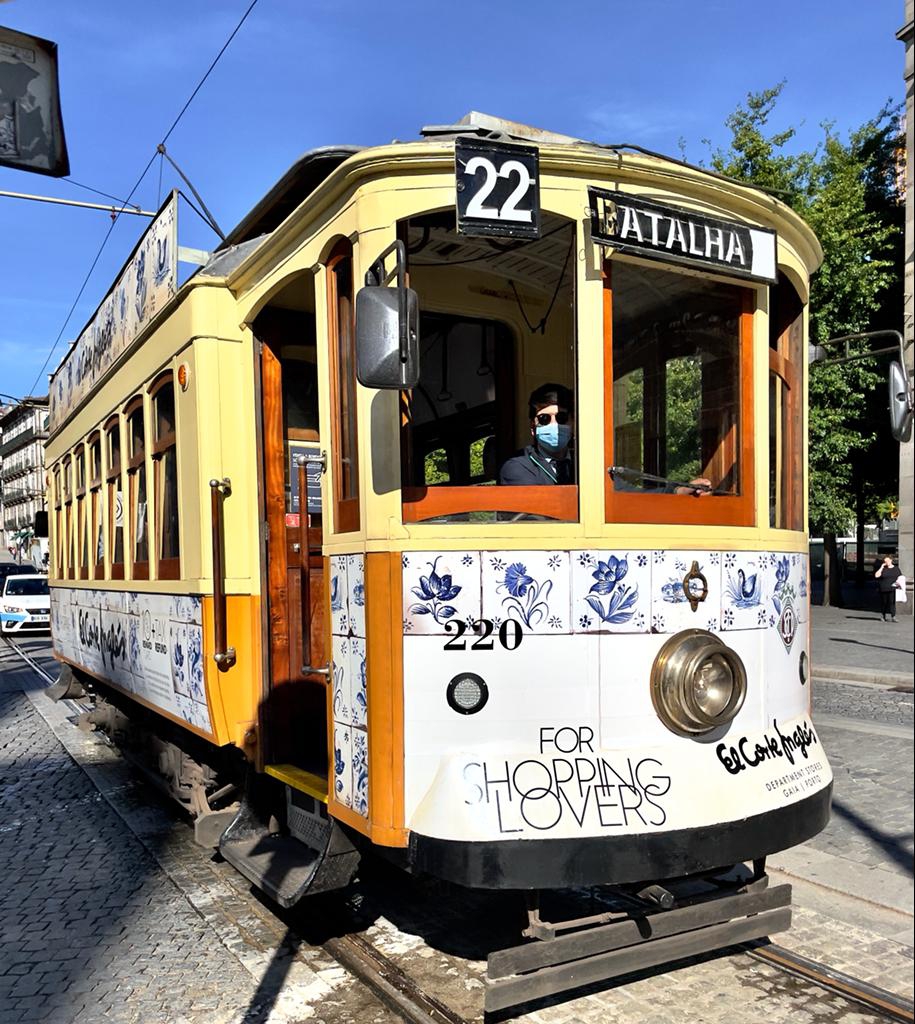
Although we had a spare hour or so to explore Porto before leaving for the 210km journey along the river Douro to the Spanish border, we decided that we would leave our exploring until the end of our cruise when we would return for two overnights in Porto. Very early the next morning we started our voyage with a full day of sailing down the river Douro towards our first stop, Pinhao. Whilst eating our breakfast in the main dining room we navigated our first and ‘newest’ of the five dams, the Crestuma-Lever Dam finished in 1985, that we would have to go through to get to the Spanish border town of Barca D’Alva.
As we sailed away from Porto we left behind the residential areas with expensive looking hillside houses and families enjoying the riverside beaches, to the more rugged and remote scenery with steep terraced hillsides covered with vineyards and olive groves. Later that morning we drew up to our second dam of the day, the Carrapatelo Dam. If we had been impressed by the 14 metre Crestuma-Lever dam this one would blow that one out of the water (excuse the pun). The Carrapatelo Dam was the first dam to be built on the Douro river and navigates a massive 35 metre drop, making it the highest dam in Europe and one of the highest in the world. Although it is quite spooky being inside a lock, it really is an incredible experience and even someone completely disinterested in engineering couldn't help but be amazed at the feat of structural engineering of this dam which was built between 1967 and 1973.
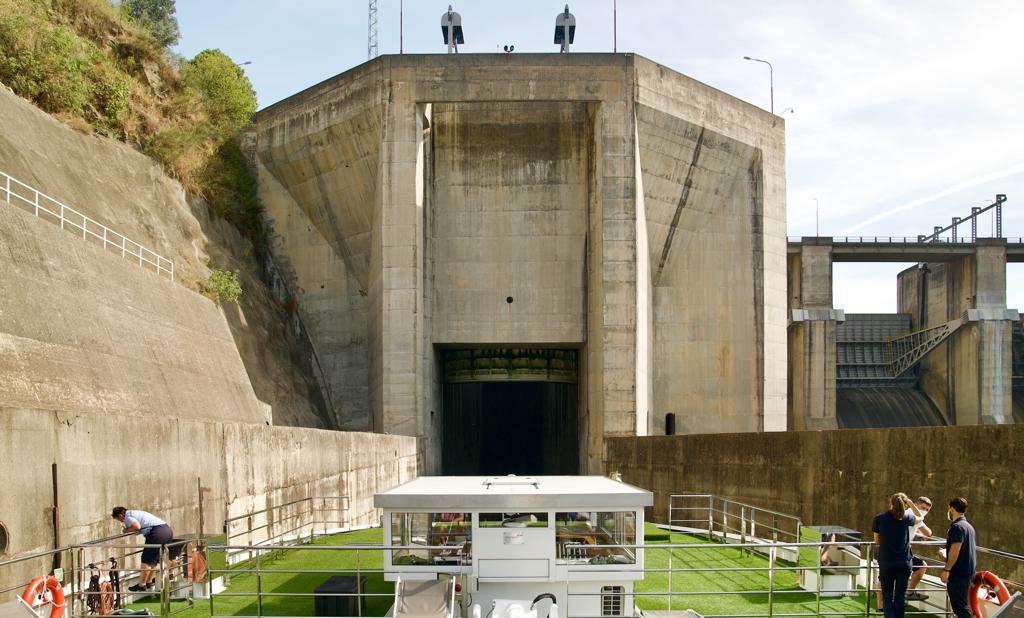
The early September weather was perfect, providing enough warmth and sun for us to make the most of the top deck and plunge pool whilst enjoying the scenery as we sailed down this gorgeous valley towards Pinhão. After navigating our third and final dam for the day, the 27 metre Bagauste Dam, we arrived into Pinhão late afternoon and docked just a short walk from this vibrant little town. With it being a Sunday afternoon the waterside was buzzing with lots of families walking along the river and relaxing in the cafes and restaurants.
Since no ships can sail on the Douro at night we stayed in Pinhão overnight ready for our excursion the next day to the Quinta do Tedo port estate. I decided to join our activities manager on an hour-long hike around the vineyards, while Rich went on a tour around the estate to see the threshing bins and learn about port production. Afterwards we met up for the port wine tasting which was hosted by Californian born Kay Bouchard who, along with her French husband Vincent, has owned the vineyard since 1992.
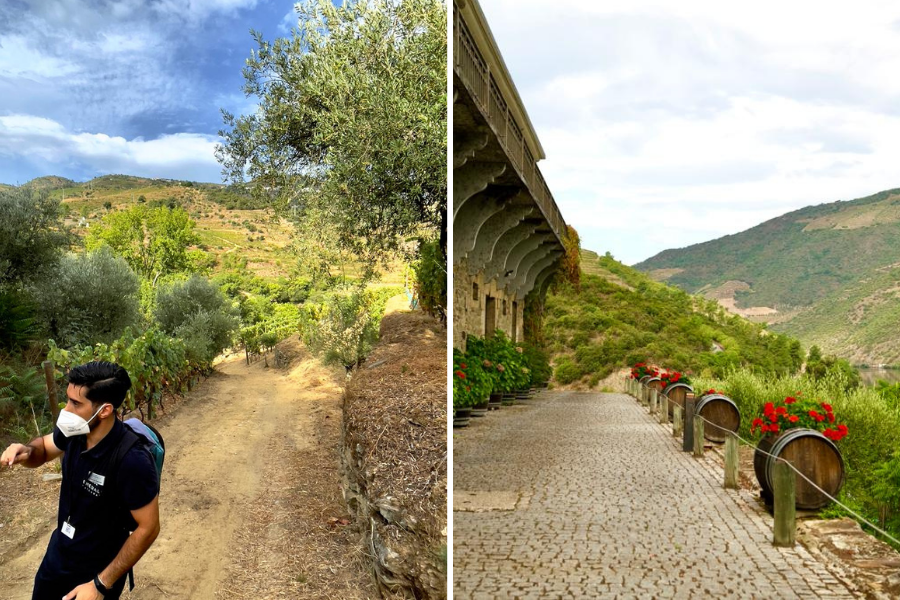
That afternoon we set off for our seven hour sail to the furthest port of call, Barca D’Alca, at the Spanish border navigating two further locks and some very narrow, windy parts of the river. Sailing down the Douro is never boring with the scenery changing from the rolling green hills flanking the wider parts of the river near the river mouth to the steeper rocky outcrops causing tricky navigation on the narrower parts of the river.
Barca D’Alva is the gateway to the highlight of the voyage, a tour to the historic Spanish city of Salamanca, a two hour coach ride from the border. I hadn’t realised the historical significance of this city but it houses one of the oldest universities in the world dating back to 1218. The city is known as the ‘Golden City’ as the sandstone buildings slowly oxidise over time and turn a lovely golden colour. Our guided tour started in the local market, sampling some of the local ham and cheese, before heading to the main square, the Plaza Mayor, home to the Town Hall and the most magnificent stone buildings housing shops, offices, restaurants and homes. From the saure we walked through the town to the historical university buildings, the library and the city's two cathedrals. After lunch we had an outdoor show from the Tuna Medicina Salamanca who, dressed in traditional 14th century clothing, entertained us with traditional song and dance.
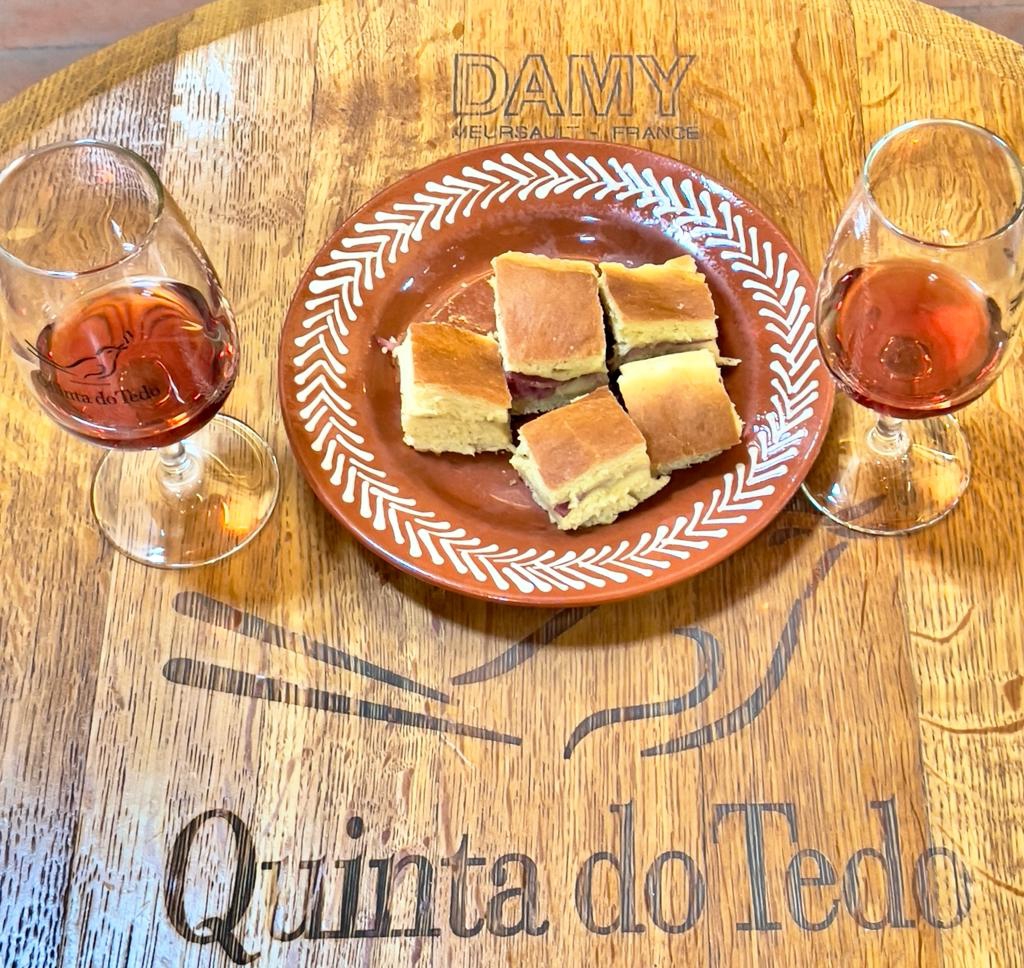
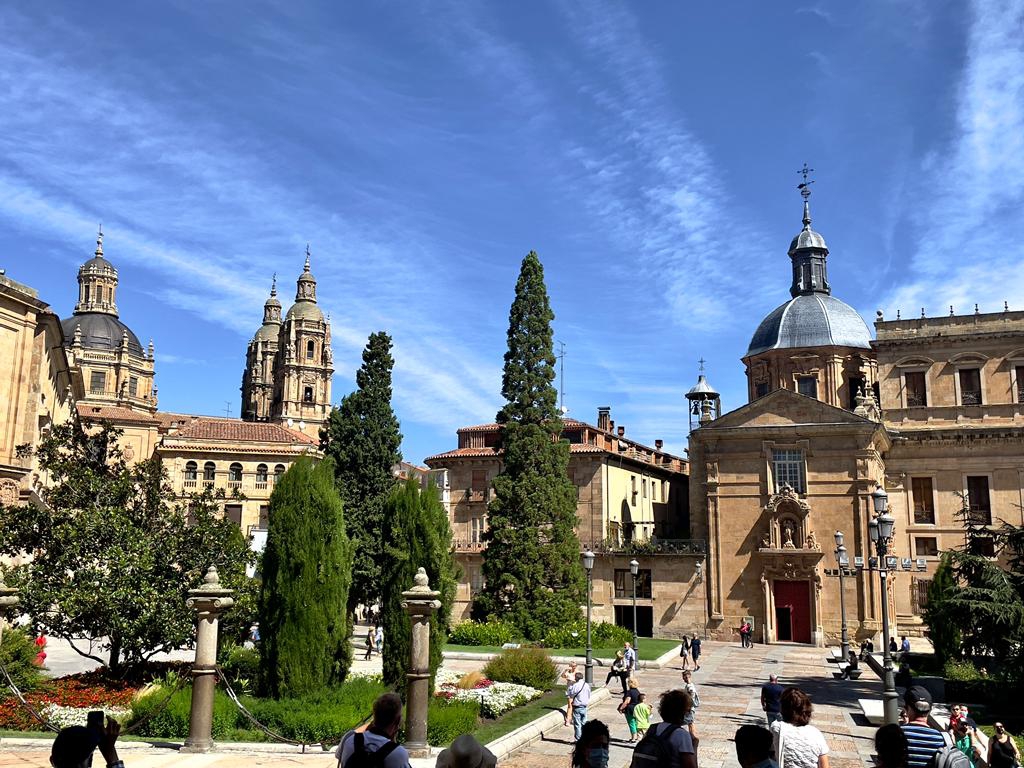
Following our long day in Salamanca we left Barca D’Alva for an early evening sailing to Pocinho where we stayed overnight for our tour the next day to the local village of Freixos de Numão. The pretty drive to the Freixos de Numão took us through remote mountain roads dotted with tiny quaint villages. Once there we were met by a local guide who took us to one of the oldest houses in the village, lived in by the same family for the last 400 years. We were shown around the ground floor of the house and then taken to the back yard where the matriarch of the family, ably assisted by her adorable grandson, used their homegrown nuts to demonstrate how to make delicious caramelised almonds which we then tasted, accompanied by their own port wine.
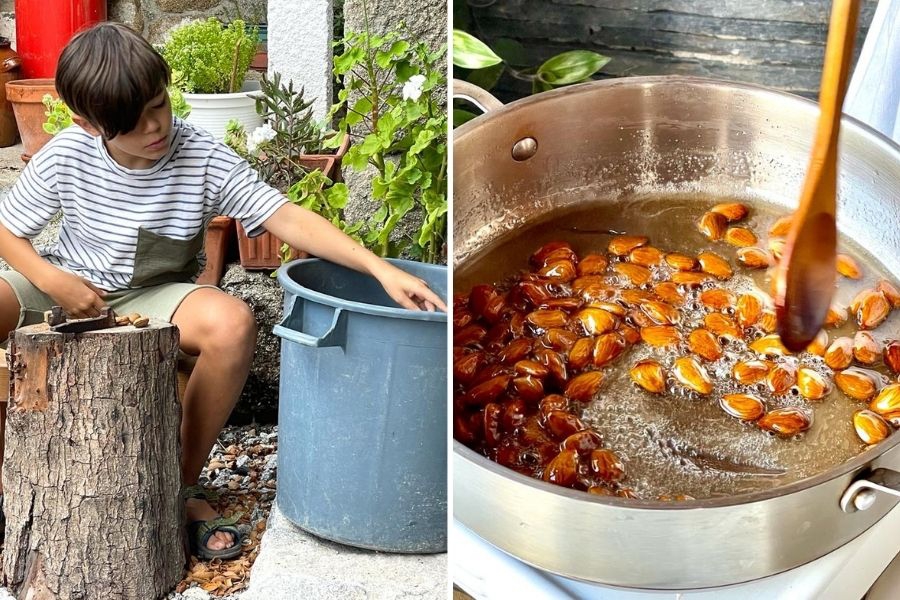
After a bit of free time to wander around independently we made our way back to the ship for a delicious bbq lunch of traditional Portuguese sausage and sardines followed by a Pastel de Natas cookery demonstration and a talk on the history of cork in the Douro valley, as the ship sailed to Regua, one of the larger towns on the river Douro and home to many of the crew on board our ship. Following an overnight stop in Regua we set sail for the journey back to Porto where we started our stay with an evening recital at a nearby church. The next day we spent the morning exploring the wonderful city of Porto including the historic Palácio da Bolsa (Stock Exchange Palace), the beautifully decorated railway station, the vibrant shopping centre and the pretty little residential streets that took us back to the ship in time for lunch. In the afternoon we headed a little further afield to the historic town of Guimarães, home of the grand 15th century Palace of the Dukes of Braganza which was abandoned in the 16th century before being renovated in the early 1900s. After touring the palace we wandered into the town where locals were out and about enjoying the late summer weather, eating and drinking in the street side cafes.
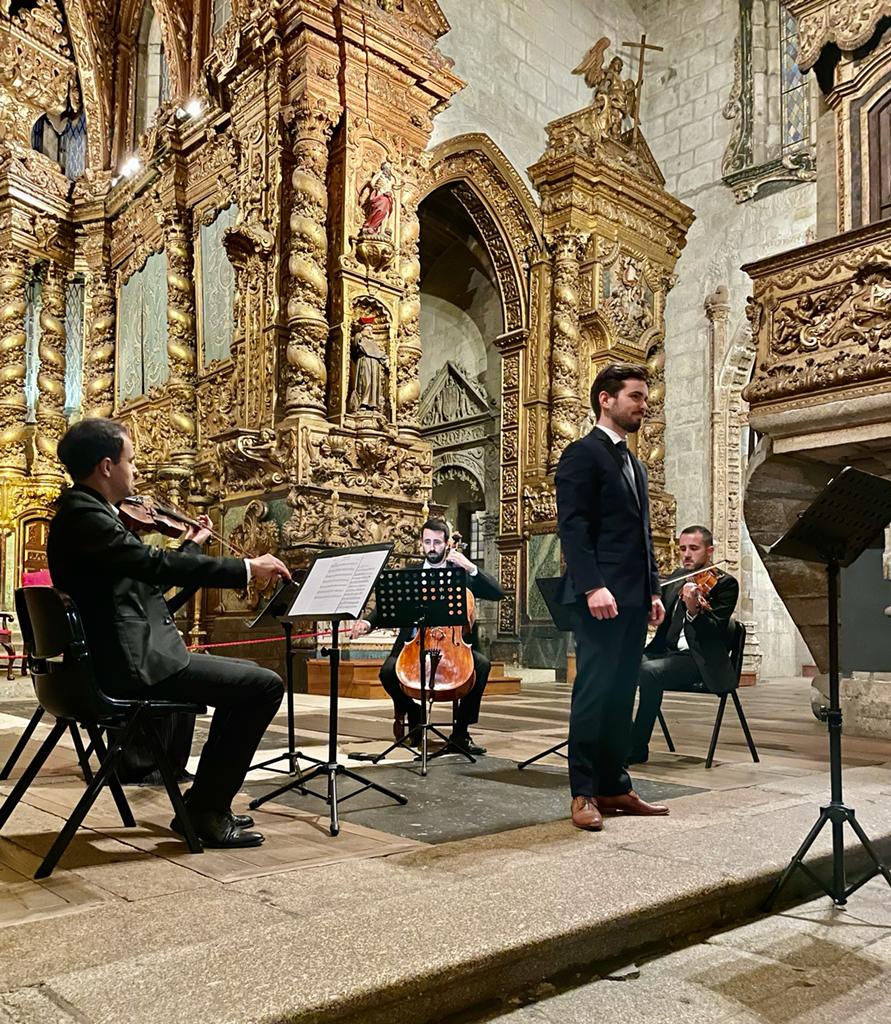
Prior to our week on the Douro, the extent of our relationship with Portugal was a couple of ocean cruise overnight stops in Lisbon. However, if you only ever visit Lisbon, you are missing a real treat. Portugal deserves more and a Douro river cruise is the perfect way to spend a bit more time in this magnificent country, with its beautiful scenery, gorgeous weather, amazing wines, pretty little Portuguese towns and villages, a quick visit to Spain and the friendliest of people along the way.
Watch our video about the Douro below:
Fancy a river cruise? Give the Panache Cruises team a call on 0161 513 8200 and they'd be happy to help!



